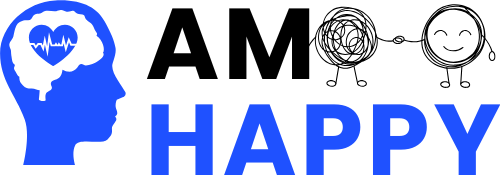“`html
Imagine being able to learn 20 years’ worth of wisdom and guidance from a highly successful individual in less time than it takes to watch your favorite series. This is the goal that Jen Groover, a renowned motivational speaker, entrepreneur, and thought leader with over 20 years of experience, aimed to achieve when she developed the M.O.R.E. method. This approach is designed for everyone, regardless of where they are in life, but is particularly beneficial for those on a recovery journey who can visualize the life they desire yet struggle to find their way there.
What is the M.O.R.E method?
The MORE method is a thinking framework crafted by Jen Groover, introduced in her first book, The MORE Method: The Simple Formula to Get More of Everything You Desire in Life. The acronym stands for Mindfulness, Optimizing, Responsibility, and Elevation. Groover created this concept to empower individuals to reach their fullest potential while ensuring the process feels genuine and fulfilling for each person.
Groover compares her method to a toolbox—while it won’t stop someone from making mistakes, it equips them to recover more swiftly and productively, while minimizing the chances of repeating errors.
“M” is for Mindfulness
Mindfulness is central to the MORE method, not just for the sake of having a clever acronym. It serves as the cornerstone for making the most of life, helping individuals recognize not only how they can improve, but also ensuring that their aspirations align with their core values. In a manner reminiscent of Alcoholics Anonymous, Groover promotes continuous mindfulness checks, particularly concerning one’s thoughts.
Groover points out that it’s common for people to pursue misguided goals. Often, they focus on results-oriented goals (like “I want to make 10 more sales”) that stem from a productivity mindset, when the true goal may involve improving interpersonal skills, such as listening better or communicating effectively.
Consider this: Are my current thoughts holding me back?
“O” is for Optimization of Body and Brain
Groover acknowledges the strong connection between physical health and mental well-being. Simply put, prioritizing self-care can enhance energy levels, cognitive function, and creativity, which in turn boosts productivity, communication, and strategic thinking. It’s a straightforward idea but essential for enabling individuals to think and act in beneficial ways.
Ask yourself: Which actions affect how I feel? How can I amplify the positive and diminish the negative?
“R” is for Responsive vs. Reactive Lifestyle
The “R” in the MORE method emphasizes the value of emotional intelligence. It serves as a reminder that each person has control over their thoughts and actions, allowing them to choose their reactions. Groover advises that exercising better control over how one responds can significantly improve outcomes, bringing them closer to their aspirations.
Reflect on this: Can I view this situation from a different angle that encourages a calmer reaction?
“E” is for Excelling in all aspects of life
The notion of excelling at everything might seem daunting, but Groover is not advocating for perfection in the MORE method. Instead, she stresses the belief that achieving overall success is crucial—one cannot excel in just one area of life because everything is interconnected, including health, relationships, finances, and productivity. Deliberately working to maintain a balance among these key components of life is essential.
Can the MORE Method help someone in recovery?
Interestingly, the MORE method shares notable similarities with therapeutic techniques used in treating addiction, especially cognitive behavioral therapy (CBT). Both aim to help individuals cease destructive behaviors and foster positive change.
In addiction treatment, CBT promotes change through profound self-reflection and awareness, teaching individuals to manage their thoughts, beliefs, mindsets, and actions to attain desired results.
Similarly, Jen Groover’s MORE method heavily emphasizes self-reflection as a means to gain control over thoughts, feelings, and behaviors. Much like CBT, this approach is practical and continuous—an ongoing journey to improve each day without the unrealistic expectation of perfection.
“`


